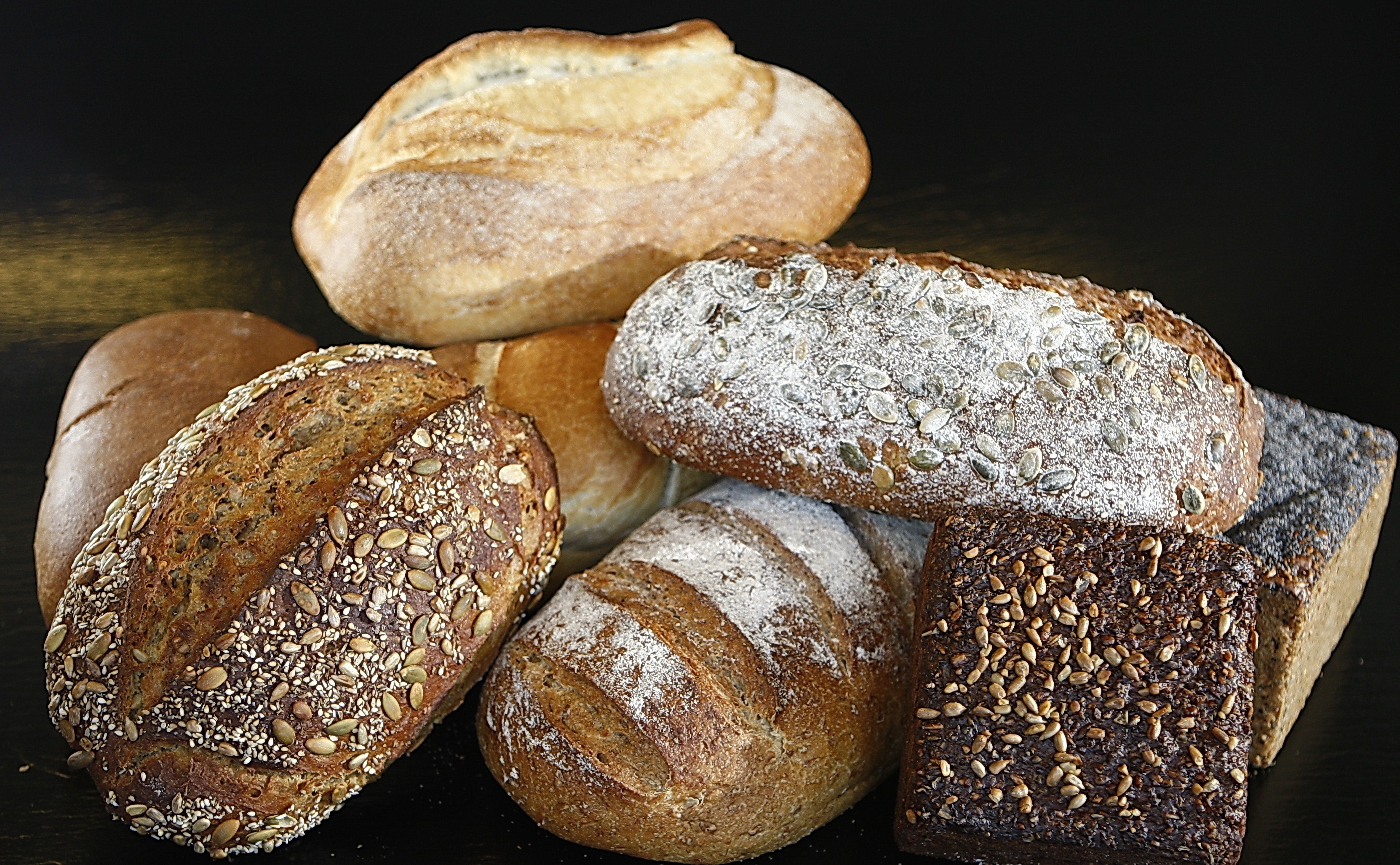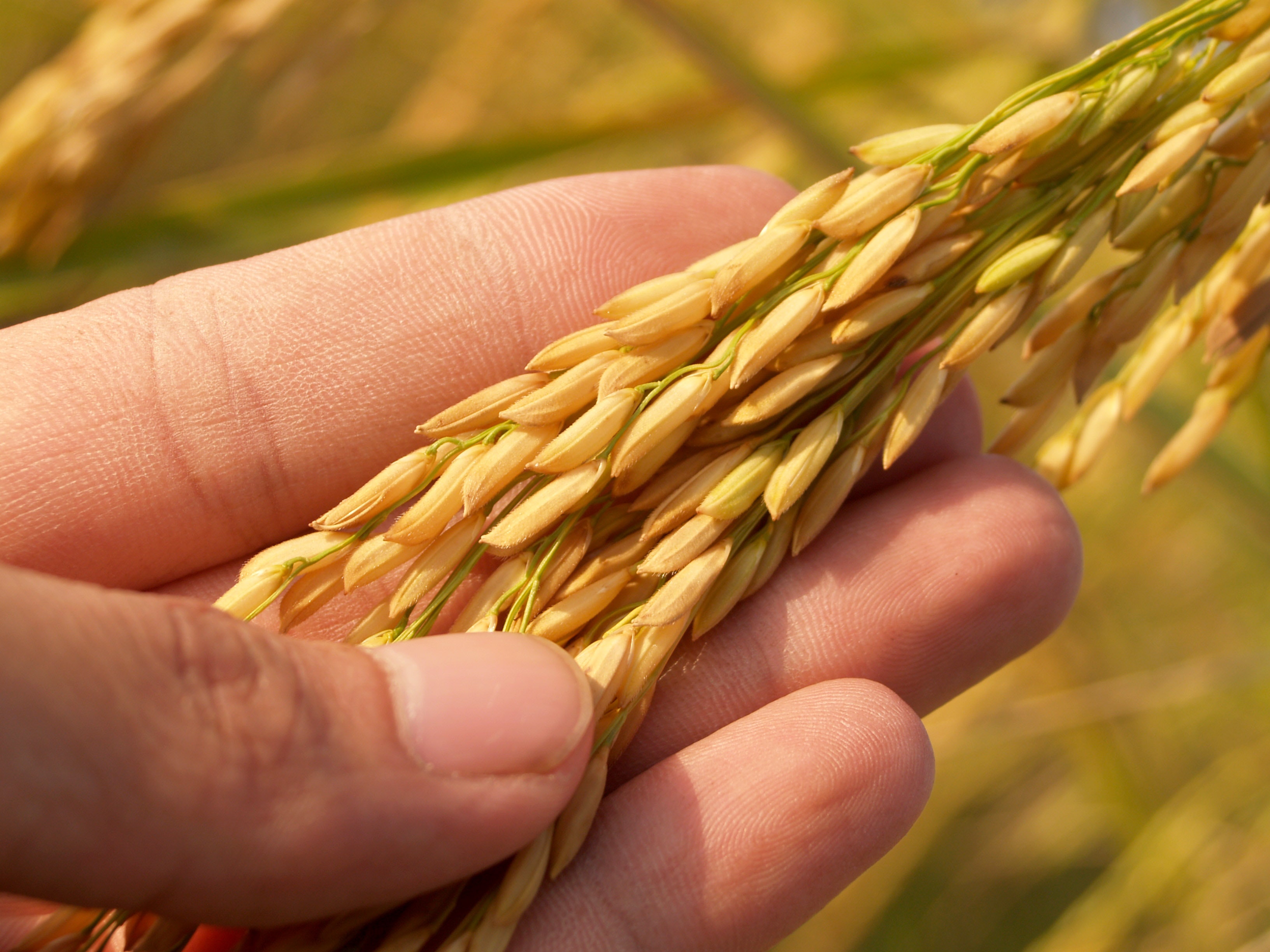Most people know that dietary fibre is important for human health and that cereal grains such as barley and rye are a reliable source of that fibre. However, exactly what constitutes dietary fibre is not nearly as well understood.
Dietary fibre essentially comes from the cell walls of the plant; for cereals this is the structure holding the grain together. When it is processed into flour, the fibre polymers in the cell walls become partially dissolved in the digestive tract, and it is this function that leads to nutritionally useful dietary fibre properties.

However not all cereal grains produce a soluble fibre-rich flour. Wheat, for example, does not form a gelatinous porridge when mixed with hot water, the way that oats do.
 Professor Mike Gidley from the Queensland Alliance for Agriculture and Food Innovation (QAAFI) at the University of Queensland is examining why different flours have different dietary fibre effects, and specifically, how they could enhance the dietary fibre properties of wheat.
Professor Mike Gidley from the Queensland Alliance for Agriculture and Food Innovation (QAAFI) at the University of Queensland is examining why different flours have different dietary fibre effects, and specifically, how they could enhance the dietary fibre properties of wheat.
Professor Gidley is the Director of QAAFI’s Centre for Nutrition and Food Sciences (CNAFS) and his research focuses on detailed characterisation of starch and dietary fibre digestion and fermentation, with a view to optimising the nutritional value of foods and feeds. He is also a Chief Investigator in the Australian Research Council Centre of Excellence in Plant Cell Walls.
Professor Gidley says that to understand why the gel-like structure forms, they needed to understand what holds the plant cell walls together, and why they hold together for some plants and not for others.
To do this, he and his team are taking two approaches: a deconstruction approach that determines what is needed to pull cell walls apart; and a construction approach, looking at what happens if you force the polymers together.
“We are trying to find a very rough and ready mimic of nature,” Professor Gidley says. “If we can do that, we can start to ring the changes and do things in the test tube that you can’t do in the plant.”
“The motivation is to have a model that we can work with in the test tube, so we don’t have to keep going back to plants to work things out. There are a number of possibilities and we are narrowing these down. We now have one or two possibilities, rather than the three or four we started out with. So it’s a work in progress,” he says.
Once the work is completed, Professor Gidley says there are two ways it can be applied: one is in the wheat plant in the field, and one is in the wheat flour in processing.

“Once the mechanisms are understood, we will be able to establish what changes would need to occur in the cell walls of the wheat plant as it is growing,” he says. “If we know what we want to do, we can then determine what is possible in the plant.”
“Second, we can examine what is possible once it has been processed into flour: what sort of processes we could put the wheat flour through that would make it a more soluble or jellylike material?” he says.
“The idea is to increase the nutritional credentials of wheat products and this is one way of doing it.”
From an industry perspective, Professor Gidley says that the ability to select wheat varieties that have nutritional functions would provide grain growers with the opportunity to value-add.
“Anyone who is interested in wheat wants to do two things: they want to counteract the negative aspects that we see in the popular press, and they want to create higher-value niche products. They are two very strong drivers at the moment.”



